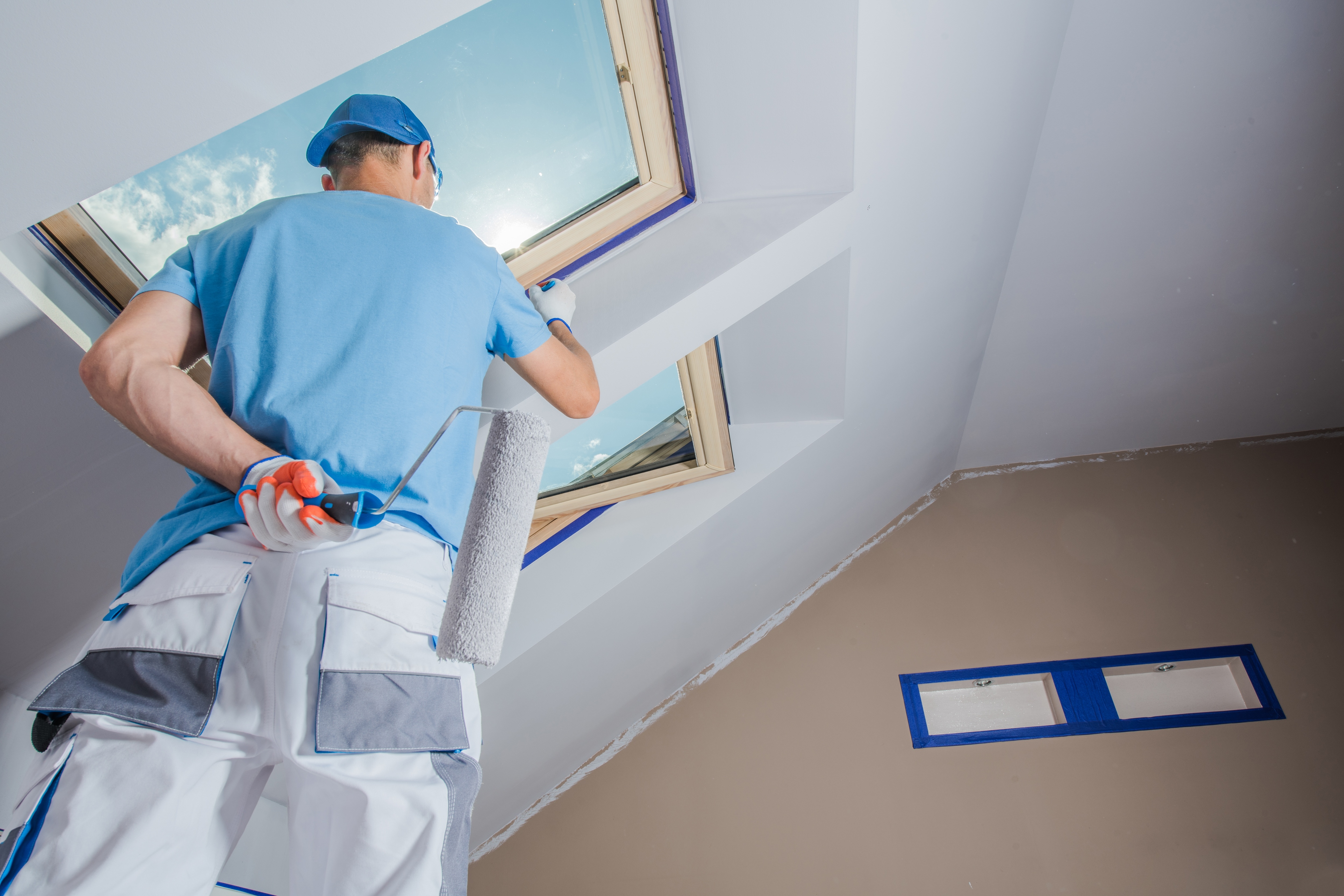Frequently Asked Questions
Frequently Asked Questions About Interior Painting
Q: How can I clean water-based paint from brushes and paint pads?
A: First, remove the excess paint from the brush or pad. Add 1/2 cup of fabric softener per gallon of water. Mix several gallons. Dip a brush into the mixture, swish briskly through the water, and count to 10. Dry the brush using a paintbrush spinner or spin the brush in a wet waste bucket. Finally, rub the tool dry with a small towel.
Q: I have heard of people who wrap their paintbrushes in foil and store them in the freezer. Is this a good idea?
A: That’s a horrible idea! Water-based paint is ruined in freezing conditions; nylon bristles become brittle and break; and a wet wooden handle will crack.
Q: How long can I let masking materials (paint tape, masking tape) sit on a surface before it will tear the paint?
A: It is important to remove masking materials within 45 to 90 minutes after the paint is applied and set to prevent tearing the surface. When paint flows over the sealed edge of masking tape, then hardens, the paint film bonds to both the wall and the tape. It’s easier to remask an area then to repair it.
Q: What do I paint first, the trim work or the walls?
A: Paint the trim work first, then the walls. This strategy will make it easier to sand, prepare, and paint all the details, edges, and planes of the trim work. After all the coats of paint on the trim work are dry, mask off the trim work and paint the walls.
Q: What can I do about the awful paneling in my living room?
A: One idea is to install ¼-inch drywall over the paneling to get a clean, fresh surface. If you want to paint or paper over paneling, you must fill, sand, and prime; or cover the paneling with special liner paper.
Q: I like to put plants on my window sills. Which type of paint should I use to paint the sills?
A: An alkyd paint would work best because alkyds are solvent-based and offer better resistance to moisture and standing water than latex products.
Q: What can I use to paint ceramic tile floors?
A: Conventional floor coatings will not acquire sufficient adhesion to a ceramic tile floor. A professional contractor could be called in to completely scarify the surface. Once the ceramic finish is completely removed, it may be possible to treat the surface as a masonry or concrete surface.
Q: What should I use to paint my wood porch floor?
A: When painting wood there is a balance that needs to be achieved. Wood is constantly expanding and contracting with changes in the environment. The harder and more durable the finish, the more rigid and less forgiving to movement it can be. On the other hand, paint materials that are very flexible are not hard enough to handle the foot traffic.
Q: Why do I keep hearing people refer to applying paint or stain at the spread rate [square feet per gallon] recommended by the manufacturer? Is it really that important? Isn't it reasonable to try to get extra "mileage" out of a gallon of paint?
A: It is important because how thick or thin the coating is applied impacts many properties. This applies to paints, primers, stains, clear coatings and elastomeric coatings. Some properties directly impacted by spread rate (and thus film thickness)


